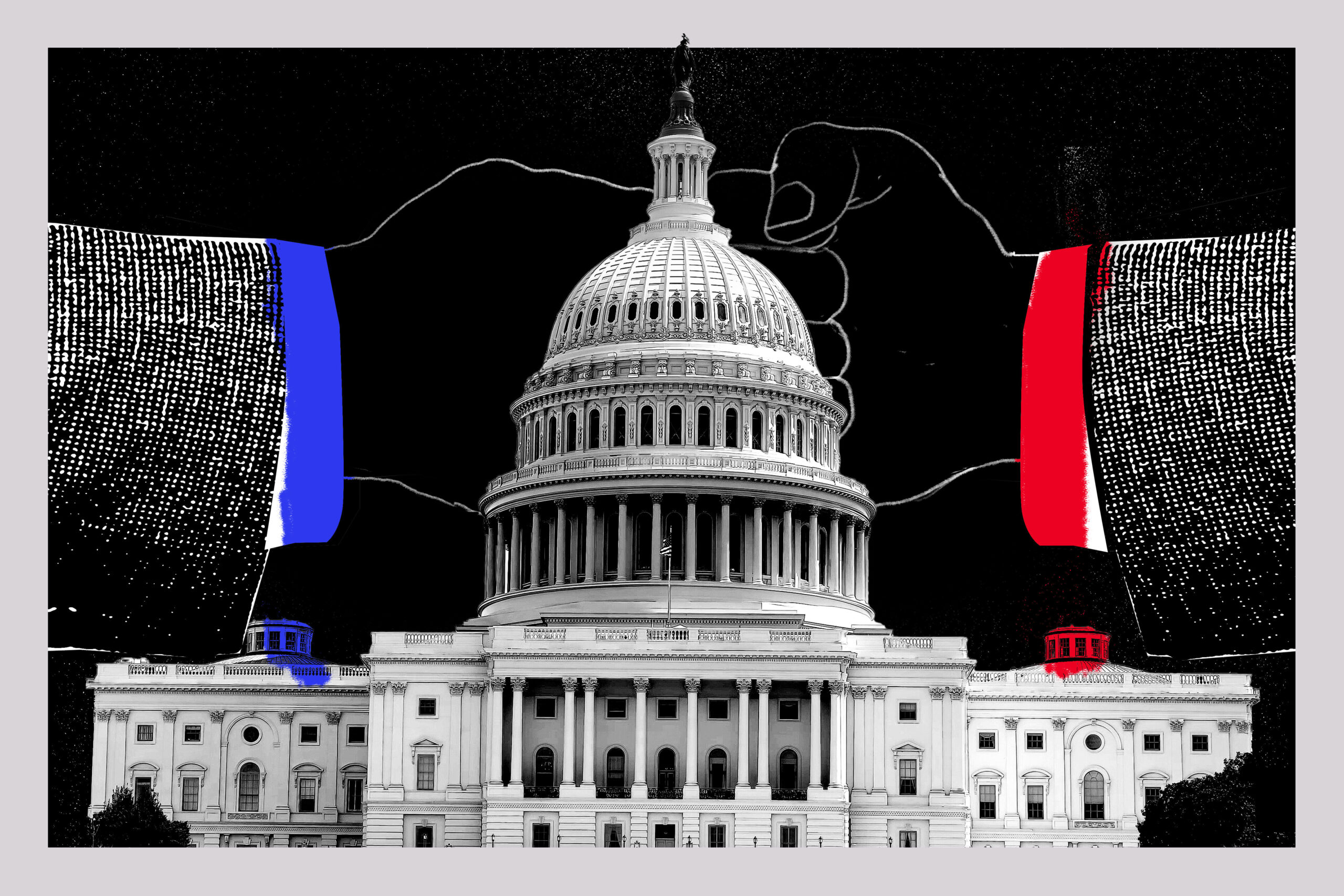Alliances and portfolios are key to fighting climate change
Voices
Many people appreciate the value of a portfolio approach to researching and developing clean energy technologies: We need different tech for different purposes.
Less well recognized is the value of a portfolio approach to political strategies aimed at developing a global energy system that does not use the sky as a dump for our CO2 pollution.
Embedded in this approach is the concept that similar-minded people can—and should—pursue different strategies.
You and I probably share the common goal of a world with energy and industrial systems that meet human needs while protecting our climate and the environment.
Beyond that, though, differences will inevitably arise.
I might like technology X and you might like technology Y; I might like political strategy A and you might like political strategy B.
If we both argue positively for the merits of our own favored technologies and political approaches, and we both refrain from doing anything that might undermine each other’s efforts, we can wish each other the best of luck and work together as allies to advance our shared goals.
But if I publicly criticize technology Y or political strategy B, I have converted you from a potential ally to a potential enemy. I have converted you from someone who will work with me to help achieve shared goals into someone who may act to undermine my efforts.
I’m not saying we shouldn’t argue with people who share our goals but differ on matters of fact, but it is less helpful to criticize them as people or argue with them in public about irresolvable differences in values or opinions.
Statements can be respectfully questioned without making ad hominem remarks about people. We should be able to assume that we all want to be factually accurate and can help each other by respectfully illuminating the relevant facts.
It is important that we try to argue positively for what we think are the right things to do and avoid undermining efforts by others who share similar goals but who choose to advocate for different technologies or political strategies.
In speaking positively about what we think is right, we garner allies. In speaking negatively about others who share similar goals, we convert potential allies into potential enemies.
As a scientist for more than three decades, I’ve learned about the importance of needing a portfolio of political strategies and allying with people to get new laws passed to build things in the real world.
I’ve worked in both spheres at different times in my career, and it’s become clear to me that we need both.
Earlier in my career, it was my job to help shift the Overton Window—a metaphor for the range of policy options worthy of serious debate.
In 2005, I told members of Congress our goal with reducing greenhouse gas emissions should be zero because that’s what the science demanded.
People laughed at the prospect then, but nearly two decades later, it’s central to global climate policy. Most governments and companies are committing to reducing their emissions to zero in the coming decades.
The Overton Window shifted.
Today, I am part of a team at Breakthrough Energy helping to facilitate technological transformations in energy and industrial systems and helping to get these breakthroughs deployed at scale in the real world.
Creating a global energy and industrial system that is climate friendly will require a lot of allies. For example, legislation will need to be passed by the United States Senate, which in today’s environment will require a substantial number of votes from senators from both parties.
In 2005, my role was to say what I thought should be done, regardless of how practical that was from a political perspective. In advocating for what was considered a radical position in 2005, I helped that become a more centrist position in 2022.
Having some people taking more radical positions can be helpful to those trying to take concrete actions because it helps a broader range of people see those concrete actions as reasonable and appropriate.
Nobody can do this alone or all in the exact same way. It is going to require the work of many thousands of scientists, engineers, businesspeople, activists, policymakers and politicians.
All these people will inevitably take different approaches to tackling the same problem. And that’s OK, because we’re going to need as many allies as we can get.
Editor’s note: Breakthrough Energy supports Cipher.